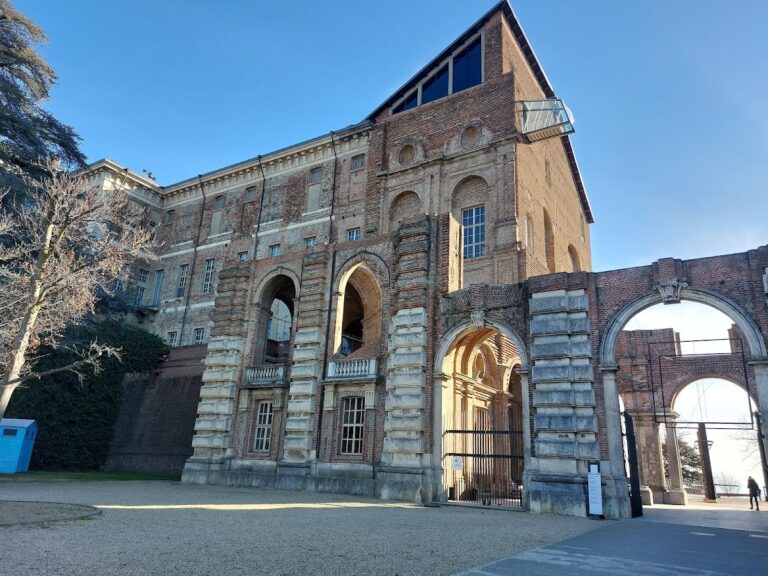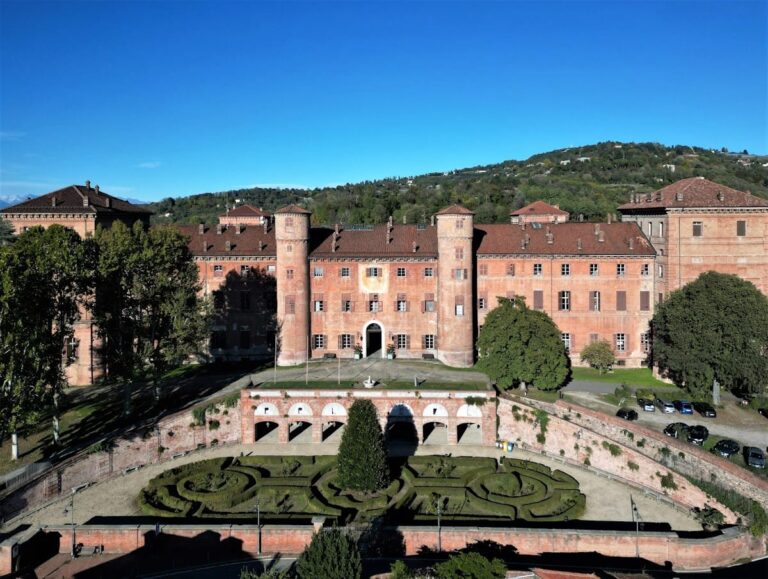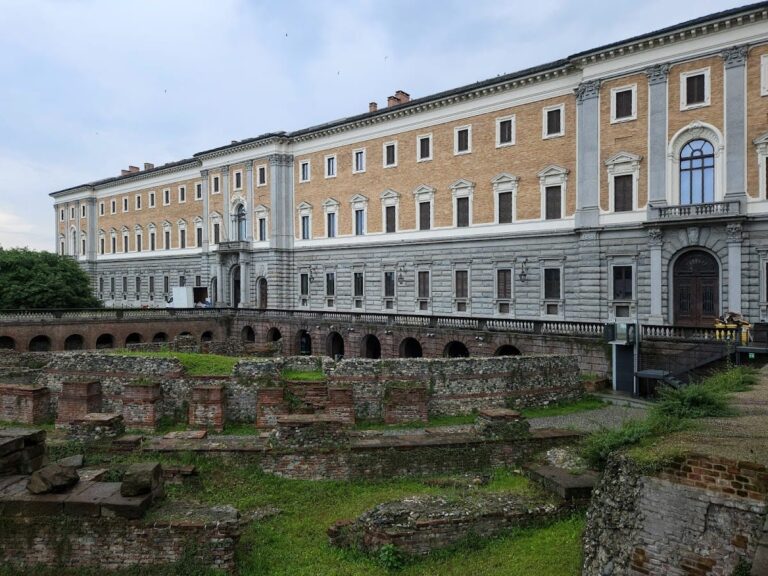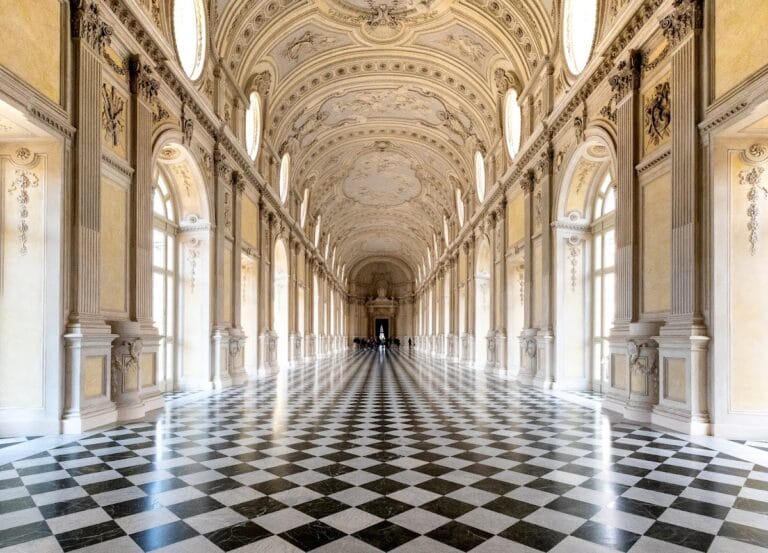Orsini Castle: A Medieval Fortress near Rivalta di Torino, Italy
Visitor Information
Google Rating: 4.5
Popularity: Low
Google Maps: View on Google Maps
Country: Italy
Civilization: Medieval European
Remains: Military
History
Orsini Castle stands near Rivalta di Torino in Italy, founded by medieval inhabitants around the year 1000. The earliest known mention of the area dates back to 1016, when Oddone, son of Marquis Manfredo, made a feudal donation to a religious community in Torino. The castle itself appears in documents from 1029, connected to a gift by Marquis Olderico and his wife Berta to a monastery they established.
By the mid-11th century, the site—then called Ripalta—had developed into a fortified complex with a tower, which was part of a larger defensive system including walls, additional towers, a moat, and a water channel. This expansion reflected a wider regional trend known as incastellamento, which involved building strongholds across northern Italy in response to invasions by Hungarians and Saracens.
Throughout the 12th and 13th centuries, control of the castle passed through several noble families, including officials tied to the Arduinici dynasty and later the influential House of Savoy. These rulers leveraged the castle’s strategic position to impose tolls on travelers and to strengthen their hold over the road from Avigliana to Torino, following the course of the Val Sangone valley. The lords of Rivalta grew in power during this time, securing rights over neighboring strongholds such as Reano and Trana, expanding their regional presence.
The castle endured multiple sieges and damage during periods of conflict. Notably, it was destroyed by Emperor Frederick Barbarossa in 1176, faced challenges linked to wars involving the Bishop of Turin in 1195, and suffered further destruction under Emperor Henry VI. Repair and reconstruction did not occur until 1229, after which the castle resumed its role as a center of noble residence and defense.
In the mid-14th century, a larger fortified enclosure called a ricetto was added, providing extra protection with enclosing walls and three gates. These gates included inward-facing towers designed to regulate access and strengthen defense. This enhancement reflected the castle’s ongoing importance as a safe haven for local inhabitants during times of unrest.
Ownership remained with the Orsini family until 1823, when Gioacchino Orsini sold the estate to Count Cesare Della Chiesa of Benevello. Della Chiesa undertook restoration projects and introduced a surrounding park. Over the following century, the castle changed hands several times, passing to Della Chiesa’s daughters, the Solaro del Borgo family, and ultimately to Secondo Martino in 1912. Martino restored many medieval features, including the central courtyard and Empire-style interior salons.
In the 20th century, new owners altered the castle’s grounds and interiors to accommodate modern needs. The once-extensive park was removed in the early 1950s. The castle later belonged to the Pogliano family for more than four decades before being transferred to municipal ownership.
Remains
The Orsini Castle is a sizable stone fortress characterized by a defensive layout that developed over several centuries. Constructed primarily of stone, it originally featured a protective moat that has since dried up. Access to the main entrance was once provided by a drawbridge spanning the moat, which was replaced in later periods by a solid masonry bridge.
The castle’s entrance is fortified by a sturdy door set into the base of a battlemented tower that forms part of the larger defensive system. This tower, with its distinctive battlements, was carefully designed for protection and controlling entry to the stronghold.
Surrounding the castle was an expansive park enclosed within the walls, created during the 19th century restorations initiated by Count Cesare Della Chiesa. This green space remained until its destruction in the 1950s.
A significant expansion in the 14th century introduced the ricetto, a fortified enclosure that increased the castle’s protected area. The ricetto was enclosed by connecting walls linked directly to those of the castle itself. It featured three main gates, each guarded by towers facing inward toward the interior, a defensive technique intended to better control and monitor access, as well as to repel attackers.
Inside the castle, early 20th-century restorations renewed the internal courtyard and elegantly redecorated several salons in the Empire style, recognizable by coffered ceilings and refined ornamental details. These features marked a blend of historical medieval architecture with more modern tastes of that era.
Today, the main structural elements of the castle, including the towers, walls, gates, and courtyard, remain largely preserved, allowing a clear understanding of the castle’s defensive and residential functions through the centuries.










